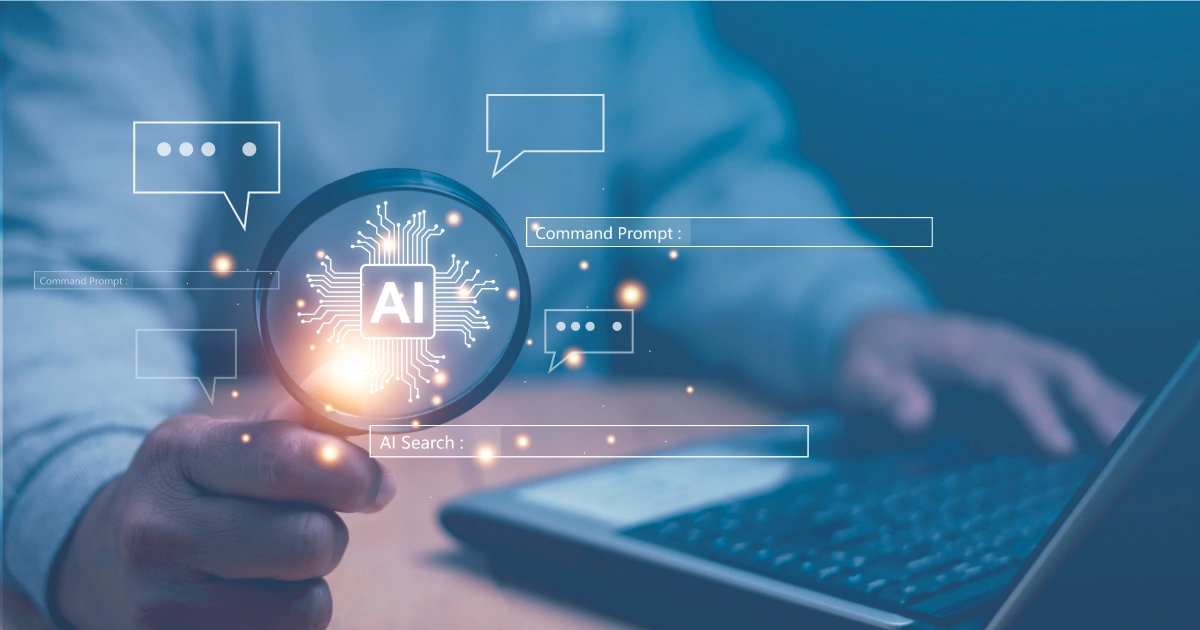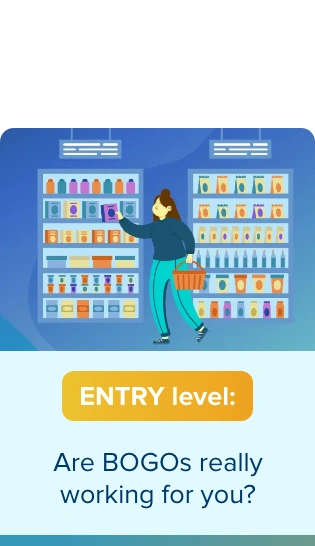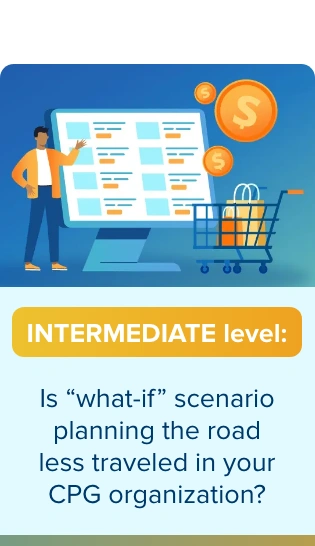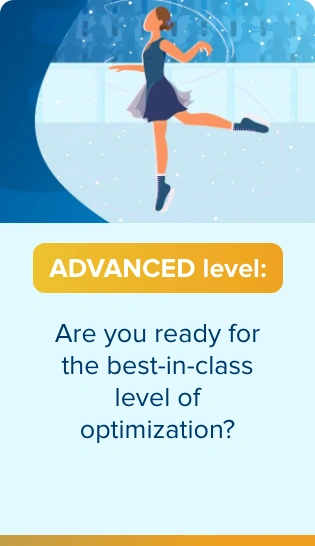
How to improve CP trade promotions with advanced analytics
In a previous blog, we discussed how Artificial Intelligence (AI) and advanced analytics can help Consumer Products Manufacturers improve the overall performance of their trade spending, with a focus on promotional investments. We explored the entire optimization journey and delved into examples of some pioneers in the market.
In this blog, we'll go deeper into how the behavior and performance of companies that use AI differ from those that don’t. We will share different use cases and quantify the potential benefits of embedding advanced analytics capabilities into your processes.
The treasure map
The ability to correctly forecast volumes related to promotions is the first step of the journey in promotion optimization. Anticipating promotional volumes allows manufacturers to get the most from their promotions, avoid loss of sales due to out-of-stocks, and add costs because of last minute retooling of production lines and negative margin impact related to overstock inventory costs. Because of the importance of this KPI, the drop in forecast accuracy has affected many manufacturers in the last few years and is something requiring immediate focus and action.
Changing consumer behaviors, specifically erosion of brand loyalty due to economic instability and product availability, have significantly affected the accuracy of sales forecasts during promotions. Advanced analytics is just one component of a broader revision needed within the supply chain. This, coupled with nearshoring and risk mitigation (moving sourcing to dependable markets), has to be considered.
CP companies that have adopted advanced analytics capabilities have an average forecast accuracy of 20% better when compared with those who don’t have this in place according to McKinsey. CP companies should prioritize the adoption of advanced analytics. Moving from a simplified estimation exercise based on human judgment to a forecast accuracy analysis practice is key to staying ahead of today’s competition. With advanced analytics it’s possible to combine internal consumption, consumer, market and macro-economic data together with predictive and prescriptive analysis for the most accurate estimation.
The clues
Another area where advanced analytics is beneficial is promotional effectiveness. The most relevant evidence here is the comparison between the ROI of promotions before and after the adoption of promotion optimization tools. We have proven that this improvement sits between 5% and 30% of promotional ROI.
AI-enabled companies can gather significantly more data points compared to traditional modeling to:
- better allocate trade spending
- identify and mitigate negative events like cannibalization and forward buying
- understand promotional impacts at the category and product/brand level
- reduce low-performing promotions in a more consistent manner
Improving promotional effectiveness is the best-case scenario, but unfortunately, with promotional pressure from retailers and competitors, spending averages are 20% of company revenue, and yet, the number of promotions that don’t break even is almost 70%.
Source: Nielsen
“X” does not always mark the spot
The SALY (Same As Last Year) plan doesn’t work anymore. It is quite common for manufacturers to propose a promotional plan to retailers that closely resembles the one from the previous year. A copy-and-paste exercise such as this, in a world where more than 2/3 of shoppers have changed their buying habits, and where private labels are constantly breaking market share records, simply repeating what has been done in the past, is a sure path to failure.
Sources: Deloitte and Nielsen
Adopting advanced analytics capabilities can help with alternative ways to promote products and to protect or improve market share and profitability. AI-enabled manufacturers are not only more proactive in proposing changes to the previous year's plan but are also more confident in finding alternatives to traditional tactics like BOGOF (Buy One, Get One Free), BOGO (Buy One, Get One 50% off) or deep discounts. Instead, they explore more remunerative options such as loyalty programs, personalized promotions and new promotional combinations.
The confidence to propose something new is related to your position in the marketplace and your ability to analyze shoppers and consumer data to extrapolate trends and correlations that only advanced analytics capabilities can provide. AI-enabled advanced analytics will remain top of mind for CPG companies for promotion effectiveness.
The buried treasure
Streamlining workflow, automating accrual and settlement calculations and claim matching, providing promotional libraries, and “call to action” alerts are all capabilities where AI can help. But in these areas, the most relevant improvements come when you are able to move from manual and Excel-based processes to automated Trade Promotion Management. TPM-enabled companies have found that administrative costs related to deductions and claims management were lowered as much as 60% in the first year. Efficiency and effectiveness are driven by digitalization rather than advanced analytics.
The pot of gold
Getting the most from advanced analytics means the ability to define promotional plans that are more profitable, aligned with market trends, match shoppers’ expectations and provide value to the entire category instead of being focused on specific brands. Not surprisingly, according to McKinsey, retailers are more interested in entering into joint business plan conversations with CPG companies. These strategic conversations with retailers are a win-win.
Advanced analytics capabilities undoubtedly provide CP companies with competitive advantages. To do so, follow a well-structured map. Learn more with this blog series:
Get the latest news, updates, and exclusive insights from Vistex delivered straight to your inbox. Don’t miss out—opt in now and be the first to know!




